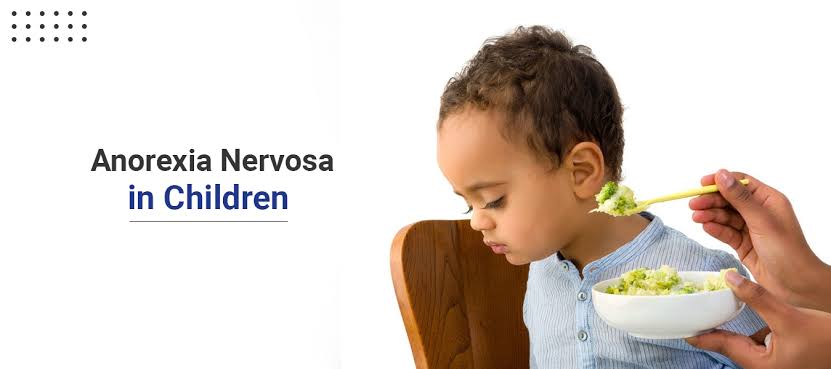Anorexia in children
This problem is very common among children, especially between the second and fifth years of age, and the mother unknowingly contributes greatly to creating and maintaining this problem.
This is done by expressing her constant concern and complaint, often in front of her child, about his eating being insufficient. In many cases, the child who is the subject of the complaint is healthy, and may be heavier than he should be for his age.
The house may become with everyone in it preoccupied with the child’s food and appetite, and everyone tries to convince him to eat more than he already does. They try to do this with encouragement at times and with severity and threats at other times. In most cases, this effort gives no result, and may even give the opposite result, reducing the appetite. Child for food.
Causes of anorexia
1. Sense of self and negativity.
2. The child does not feel happy.
3. The child does not enjoy enough exercise and fresh air.
4. The way the mother treats her child.
5. The child’s love or dislike for the types of food the mother offers him.
6. Linking food with an unhappy event.
7. The mother’s insistence that the child eat more food than he can handle.
8. The parents’ emphasis on the child to follow table manners as they practice them.
9. Eating sweets and things found in the school cafeteria or from street vendors, such as potato chips, lollipops, etc. These foods contain artificial substances that spoil digestion and lead to a feeling of fullness, even though these foods do not have any nutritional benefits.
10. That the child suffers from anemia, which is the main cause of loss of appetite.
11. Not eating breakfast (even a snack at home).
Treatment of anorexia:
1. Not forcing a child to eat food is the most important cause of loss of appetite for food. Parents must realize that different children may have a different ability to eat. Some of them eat a lot and some of them eat little. Therefore, they must refrain from forcing the child to eat certain types or specific quantities. Of food.
2. The mother must take into account the child’s inclinations regarding the types of food offered to him, what he likes and what he dislikes.
3. The child should be allowed, whenever possible, to help himself in the eating process.
4. Different types of foods should be presented to the child at an early age.
5. It is preferable not to give the child anything to eat between different meals.
6. The food served to the child must be attractive in appearance and taste.
7. It is preferable that the child not eat his food alone, but rather eat it with others.
8. There are some medications now available in pharmacies to treat anorexia in children, and you can consult a doctor or pharmacist about these medications.

